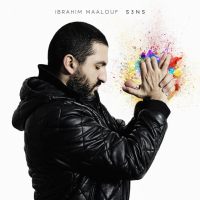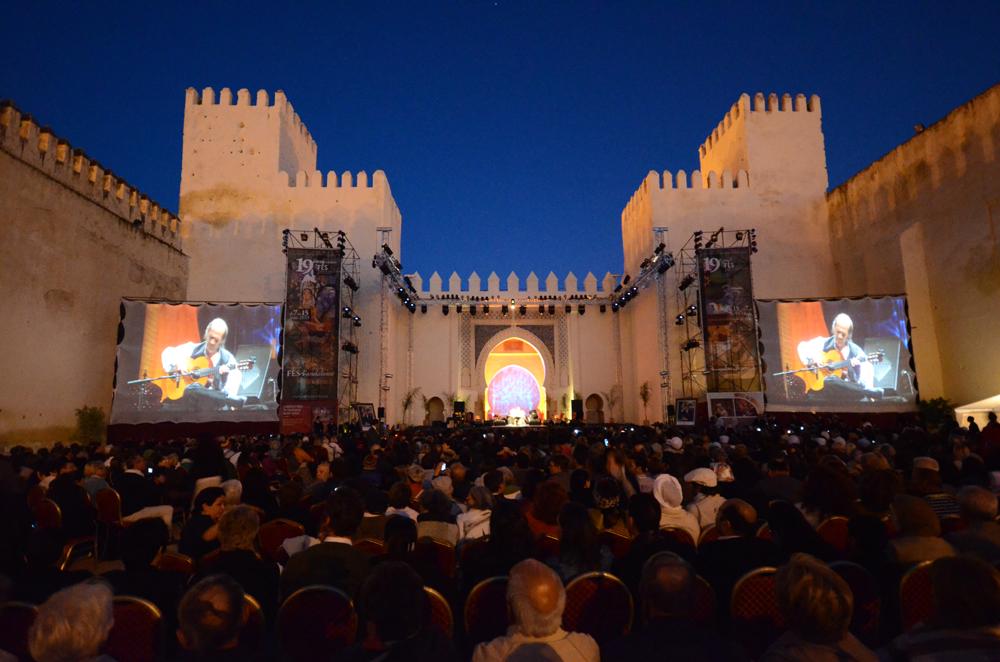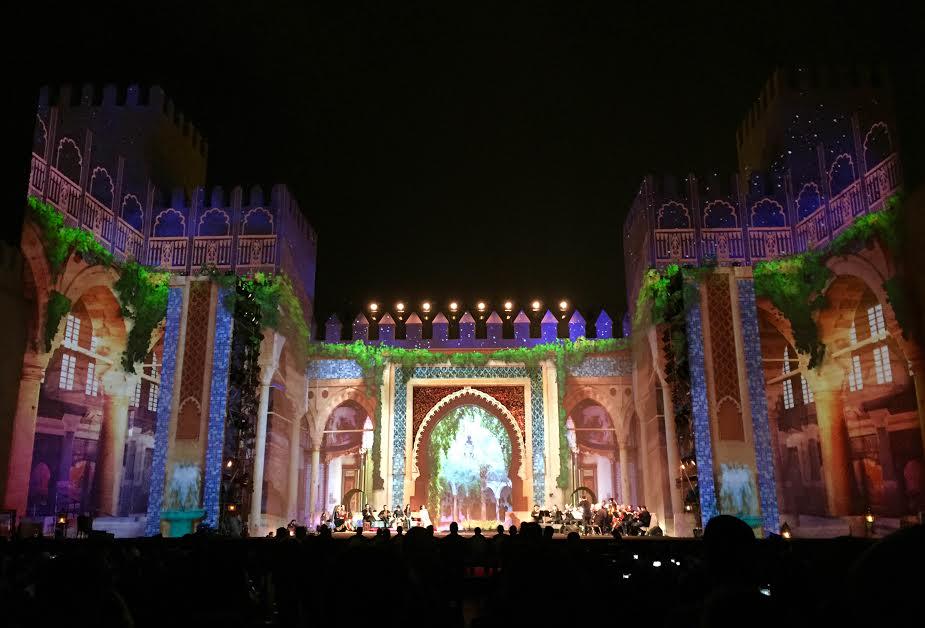The Fez Festival of World Sacred Music is a well-known occasion that features a variety of musical styles from throughout the globe. It has consistently included some of the top headline performers, and the 2023 edition was no exception. Ibrahim Maalouf, A Filetta, Abdullah Miniawy, and Haidouti Orkestar were among the best performers. Every performer gave the event their own distinct flavor while enthralling the crowd with their passionate music and spectacular performances.
Ariana Vafadari, another great singer, captivated the audience with her alluring voice and captivating stage presence. The event featured important performances by Senny Camara, the Roohani Sisters, Michael Levinas, Ensemble La Tempete, and GAVINO MURGIA, among others. Each performer offered their unique style and interpretation of jazz music, making the event remarkable for everyone in attendance.
Overall, music enthusiasts from all over the world continue to consider the Fez Festival of World Sacred Music to be a must-attend event. All attendees will have a unique and rewarding experience at the festival because of the wide variety of artists and genres on display there. It is a celebration of art, music, and culture and a monument to how music can bring people from all backgrounds together.
 FRAJazzJazz Fusion
FRAJazzJazz Fusion
 INDAsianIndian Folk
INDAsianIndian Folk
 FRAClassicalClassical Crossover
FRAClassicalClassical Crossover
 EGYElectronicDowntempo
EGYElectronicDowntempo
 FRAEuropeanFrench Folk
FRAEuropeanFrench Folk
 Viberate
Viberate





